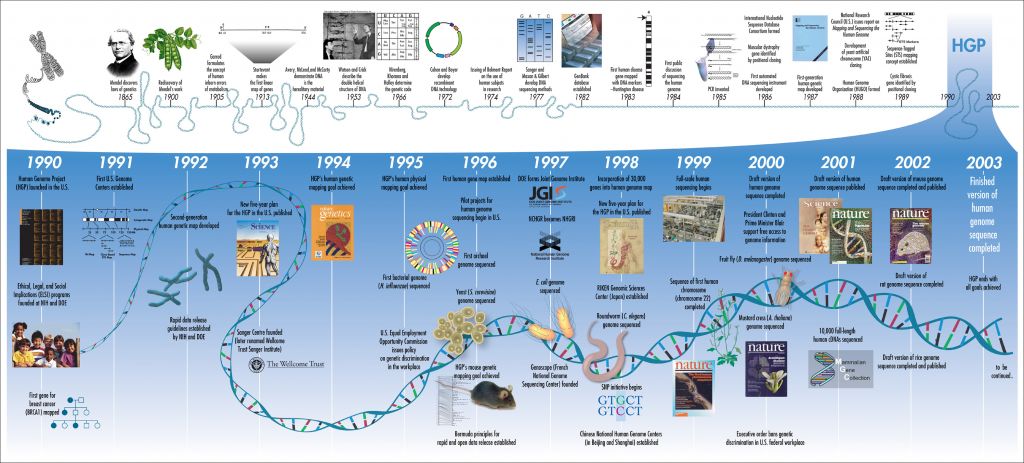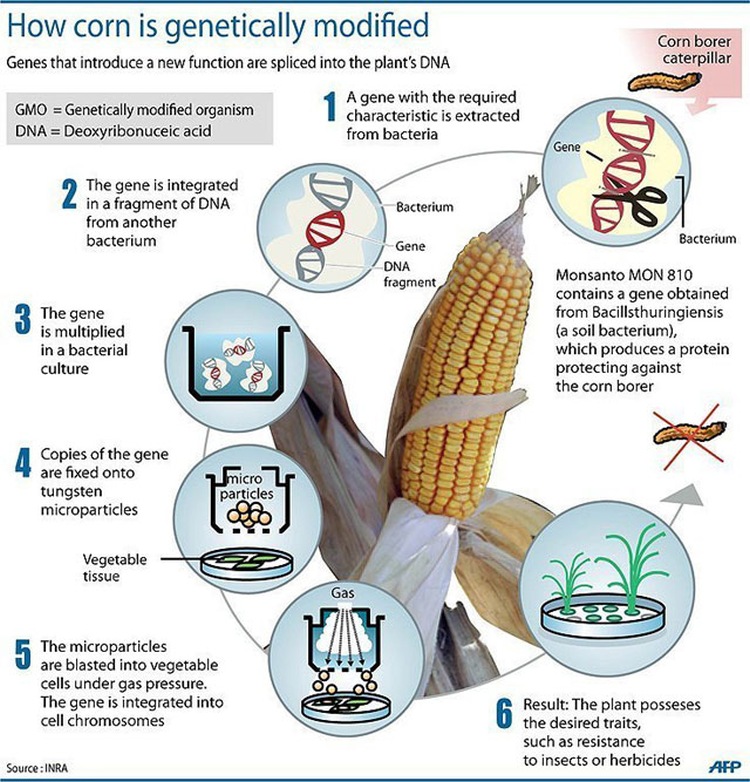1. (Center of Genetics and Society, Inheritable Gene Modification)
Link: http://www.geneticsandsociety.org/section.php?id=108
2. (Oxford Dictionaries, Designer Baby)
Link: http://www.oxforddictionaries.com/us/definition/american_english/designer-baby
3. (Wikipedia, Genetic Engineering)
Link: https://en.wikipedia.org/wiki/Genetic_engineering
4. (The Prospect of Designer Babies: Is it Inevitable?, ;Michael Catalano; PIT Journal, Cycle 3 2012)
Link: http://pitjournal.unc.edu/article/prospect-designer-babies-it-inevitable
5. (World Health Organization, Food Safety)
Link: http://www.who.int/foodsafety/en/
6. (Wikipedia, Human Genome Project)
Link: https://en.wikipedia.org/wiki/Human_Genome_Project
Resources on Human Genetic Technology:
1. (Evolution in age-structured populations, B Charlesworth; ncbi.nlm.nih.gov, 1994)
Link: http://www.ncbi.nlm.nih.gov/pmc/articles/PMC1685027/pdf/ajhg00363-0169.pdf
2. (Human genetic technology: exploring the links between science and innovation, J. Anderson; 135-156, 26 Jun 2007)
Link: http://www.tandfonline.com/doi/abs/10.1080/09537329608524240





